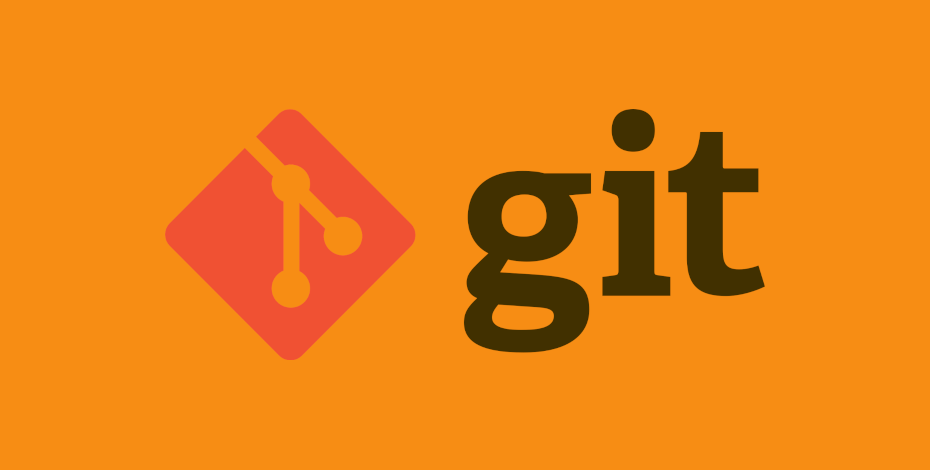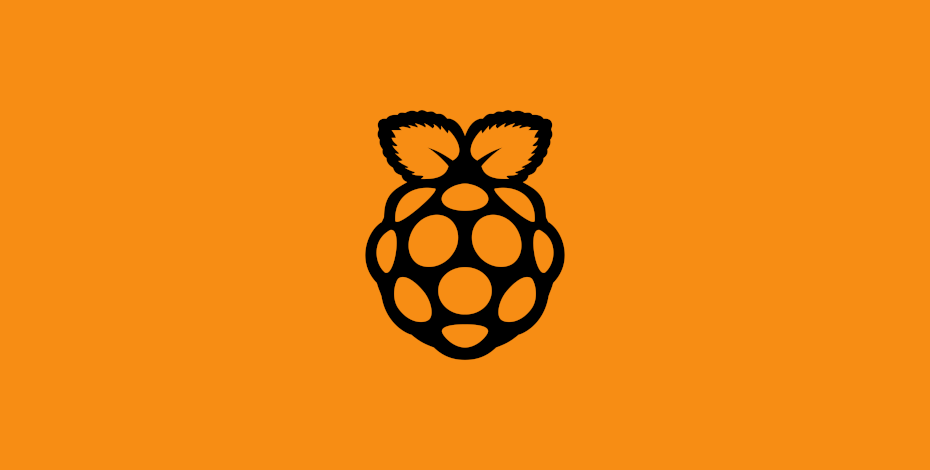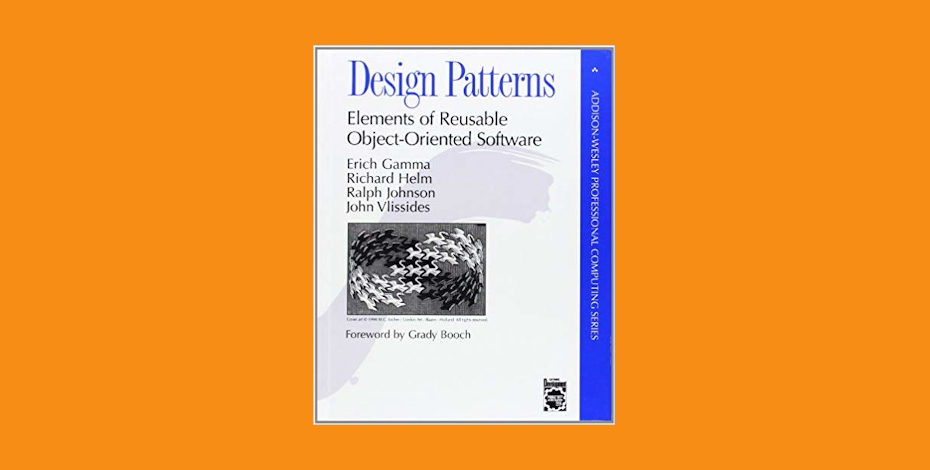Software Development
Gridsome – Configure your development environment
how to configure a Gridsome project to make use of EsLint and Prettier to keep code format and standards consistent across the project
How to generate PostgreSQL UUID with EF Core
How to guide to enable EF Core to auto generate UUID/GUID for postgreSQL databases
Gridsome – Implement Cookie Consent
How to guide to quickly configure Cookie Consent popup on your Gridsome Static Generated website.
The Continuous Integration Check-In Dance
developing software and working with a build or integration server, there are certain conventions that one should follow when making updates to the shared codebase
The basics of version control
One of the most important skills a software developer needs to learn is how to use and master version control.
How to Configure headless Raspberry Pi for SSH
How to guide to configure your headless Raspberry PI with Raspbian Buster Lite for ssh access.
Gridsome – Getting started with Static Website Generator
Exploring Gridsome and netlify to develop a static website using the Vue.JS static website generator perfect page speed scores which is a key factor for achieving great SEO results and providing a fantastic user experience.
How to create Raspbian SD card Ubuntu
Instructions on how to burn SD card to create a Raspberry PI SDc ard
Singleton Design Pattern C# .net core
The singleton pattern is a design pattern that restricts the instantiation of a class to one object.
The Prototype Design Pattern C# .net core
The Prototype Design Pattern is one of the Creational Design Patterns defined by the Gang Of Four (GOF) published their book Design Patterns: Elements of Reusable Object-Oriented Software in which they presented a catalog of simple and succinct solutions to commonly occurring design problems.
Book Review : Design Patterns: Elements of Reusable Object-Oriented Software
Capturing a wealth of experience about the design of object-oriented software, four top-notch designers present a catalog of simple and succinct solutions to commonly occurring design problems. Previously undocumented, these 23 patterns allow designers to create more flexible, elegant, and ultimately reusable designs without having to rediscover the design solutions themselves.






